I know, pointing out that Porsche’s Panamera is as homely as a mud fence is kind of a cheap shot, and one that has been taken by almost anyone who has seen the car. But really, why split hairs over aesthetics when you see the performance numbers?
Porsche will be rolling out the 2018 Panamera Turbo S E-Hybrid at the upcoming Geneva Motor Show, but all the pre-release docs point out that this is the most powerful Panamera ever.
Performance & Efficiency
The 2018 Panamera Turbo S E-Hybrid, which is a plug-in hybrid, by the way, is the flagship of the Panamera line. The powertrain pairs the 4.0-liter V8 engine from the Panamera Turbo with an electric motor for a prodigious combined power output of 680 horsepower and 626 lb-ft. of torque. Porsche, with nary a hint of irony nor humility says that “only the limited production 918 Spyder has ever had more power.”
That little remark must really sit well with 911 and Cayman owners. Of course, that is offset by the fact that the Panamera is neither light, nor exactly nimble. So no one in a 911 should feel threatened.
Despite that power-to-weight trade off, the Panamera Turbo S E-Hybrid is anything but slow. 0 to 60 mph comes up in 3.2 seconds and Porsche’s big sedan tops out at 192 mph. And since this is a hybrid, the efficiency figures are pretty impressive as well, with the average fuel consumption at 2.9 liters per 100 kilometers, which works out to 81.11 mpg. The Panamera hybrid can drive on fully electric power for up to 50 kilometers, which is around 30 miles. More than enough for shorter trips to get groceries and the like.
The new Panamera Turbo S E-Hybrid employs a boost strategy derived from the knee-weakening 918 Spyder to help attain those performance figures. The drivetrain combines a 136 horsepower electric motor with a 550 horsepower twin-turbo V8 engine to provide the motive. There’s this gizmo called a decoupler that’s part of the Porsche hybrid module. The decoupler, triggered electromechanically, ensures responsive shifting between the engine and the electric motor.
Like all other Panamera models, the transmission is a quick-shifting, eight-speed dual-clutch box. This would be a further utilization of Porsche’s famed PDK transmission (or Doppelkupplung, which is hysterically funny to try and pronounce without sounding like a Muppet). Everything gets sent through the standard active all-wheel drive system with Porsche Traction Management.
Battery & Charging
The electric motor itself, usually a rather boring piece of kit, is powered via a liquid-cooled lithium-ion battery with an energy capacity of 14.1 kWh. So, that’s pretty fine that you need a radiator for the car’s battery, if you ask me. Yes, yes, I know, charging. The next biggest bug-a-boo on any sort of EV or plug-in hybrid, after range concerns, is charging times and schemes. The Panamera’s high-voltage battery takes 12 hours to fully charge via a common 120 volt, 10 amp connection, which is what you have in the walls of your typical American home.
No, this is not very fast, but, you don’t need to drag some guy from the IBEW out to your house to install a 220 volt line. Really, when you’re dealing with that much juice, leave it to a pro, okay?
You do have the option of getting a 7.2 kW on-board charger instead of the standard 3.6 kW unit. This drops the time to less than three hours with a 240 volt, 40 amp connection. Yes, you have to monkey with your house wiring, or, more prudently pay someone to do it for you, but if you can plunk down the cash for a Porsche, you can afford this.
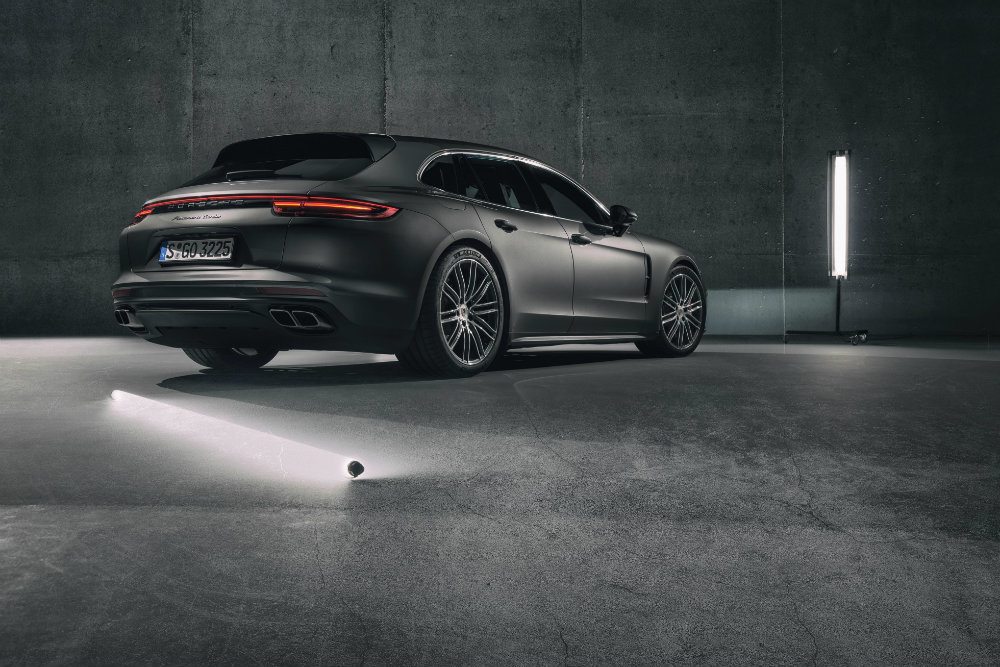
The charging process can be easily managed using a timer via Porsche Communication Management, or through the Porsche Connect app for smartphones. Photo: Porsche Cars North America, Inc.
Abundant Tech
With that much golly-gee-willikers tech in the drivetrain, it’s unsurprising to find the rest of the car just as slathered with high tech goodness. There’s a 12.3-inch touchscreen for dealing with the Porsche Communication Management system with integrated navigation, and smartphone incorporation via Apple CarPlay. Air suspension? That comes standard. Porsche Ceramic Composite Brakes, check. Porsche Dynamic Chassis Control Sport including Porsche Torque Vectoring Plus, check and check.
Power Steering Plus and Sport Chrono Package? Of course sir or madam. Auxiliary air-conditioning, adaptive aerodynamic elements, and a three-chamber air suspension including Porsche Active Suspension Management are also standard. The Executive version, that’s the one with the longer wheelbase, is equipped with rear axle steering, 8-way power rear seats (with comfort head rests), and 4-zone climate control.
Cost? A lot. Like condo in suburban Seattle a lot. The 2018 Panamera Turbo S E-Hybrid will run $184,400 USD, and the Panamera Turbo S E-Hybrid Executive will start at $194,800 USD.
Tony Borroz has spent his entire life racing antique and sports cars. He means well, even if he has a bias towards lighter, agile cars rather than big engine muscle cars or family sedans.
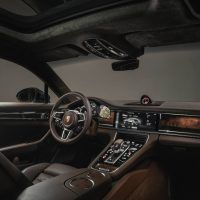
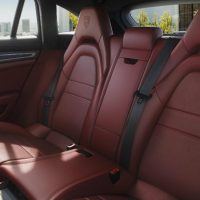
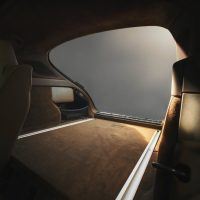
Photos & Source: Porsche Cars North America, Inc.
from Automoblog.net http://www.automoblog.net/2017/03/03/2018-porsche-panamera-sport-turismo-kinda-ugly-but-really-powerful/
via IFTTT
from Tumblr http://peternpalmer.tumblr.com/post/157967390121
via IFTTT
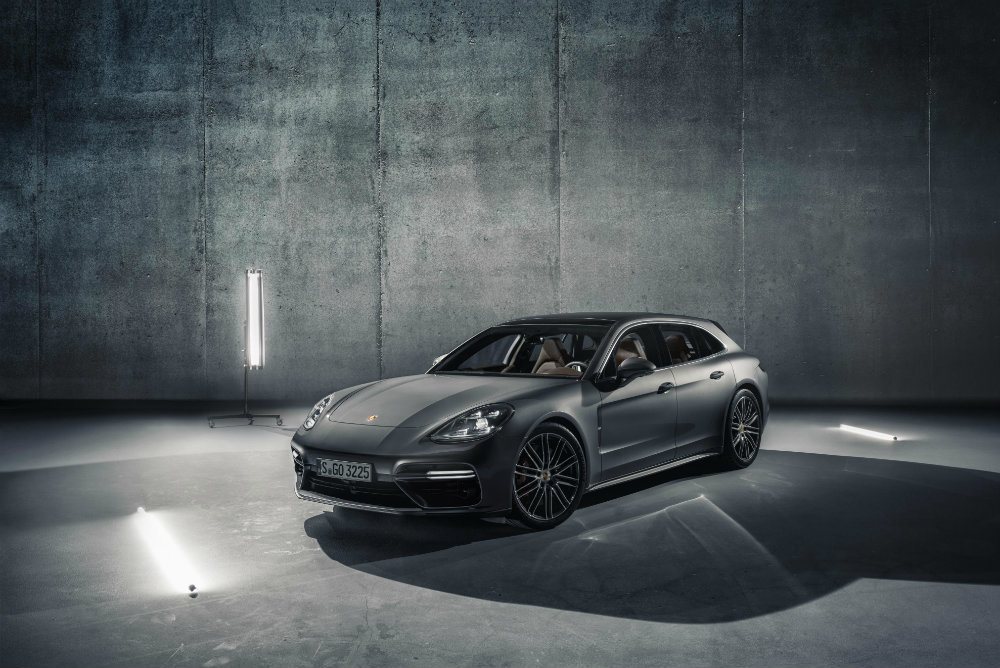
No comments:
Post a Comment